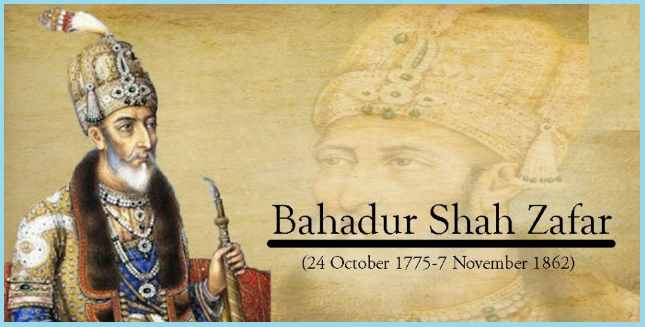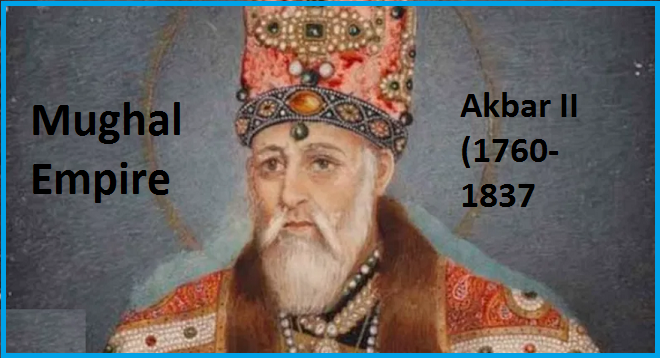Shah Jahan: The Emperor of Marvels and Monuments
Full Name and Background
Born as Shahab-ud-din Muhammad Khurram on January 5, 1592, in Lahore, Shah Jahan is celebrated as one of the most influential Mughal emperors in India. A member of the Timurid dynasty, Shah Jahan was known for his architectural legacy, his love for Mumtaz Mahal, and his enduring mark on the cultural and political landscape of the Indian subcontinent. His name, which means “King of the World,” certainly captures the grandeur of his reign and ambitions.

Early Life, Birth, and Background
Shah Jahan was the third son of Emperor Jahangir and his wife, Princess Jagat Gosain. Raised within the grand Mughal court, he received an extensive education befitting a royal prince. His early life was marked by both luxury and strict discipline, preparing him to inherit a vast empire. The early influence of his powerful grandmother, Empress Mariam-uz-Zamani, also helped shape his personality and political acumen.
Education
From a young age, Shah Jahan was taught Persian, Arabic, and various classical texts, giving him a deep understanding of governance, literature, and the arts. This education laid the foundation for his future contributions to the Mughal legacy. His education emphasized not only knowledge but also leadership, an essential trait in an empire as expansive as the Mughal dominion.
The Khusrau Rebellion
Shah Jahan’s journey to the throne was not without challenges. The rebellion led by his older brother, Prince Khusrau, tested family loyalties and court dynamics. Khusrau’s revolt posed a significant threat to Shah Jahan’s aspirations, yet it ultimately solidified his position as a capable leader when he helped his father quell the rebellion.
Influence of Nur Jahan
Shah Jahan’s rise was also shaped by the influence of his stepmother, Nur Jahan. Known for her keen political insight, Nur Jahan controlled much of Jahangir’s court. While she favored Khusrau initially, she eventually acknowledged Shah Jahan’s abilities. The two shared a delicate relationship as Nur Jahan’s influence waned with Jahangir’s passing.
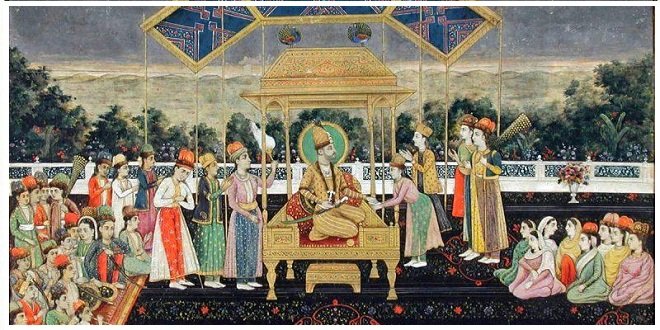
Ancestry and Marriages
As a descendant of both Timur and Genghis Khan, Shah Jahan’s ancestry was illustrious, blending Turkic and Mongol bloodlines. This heritage granted him a sense of legitimacy and divine right, deeply influencing his rule. His marriage to Mumtaz Mahal was legendary, not only for their deep personal connection but also for the architectural masterpiece, the Taj Mahal, built in her honor.
Relationship with Princess Jahanara
Shah Jahan had a particularly close bond with his eldest daughter, Princess Jahanara Begum. Jahanara shared his appreciation for poetry, culture, and Sufism, and she became his trusted confidante. Her role in his life was essential, particularly during his final years when she cared for him in his imprisonment.
Early Military Campaigns

Shah Jahan proved his military prowess long before he ascended the throne. He led successful campaigns in Mewar and Kangra, showcasing his strategic acumen. His victories solidified his reputation, allowing him to command respect among the nobility and the military.
The Rebel Prince
The path to emperorship was fraught with difficulties, especially during Jahangir’s reign. Shah Jahan even rebelled briefly against his father but was later forgiven. This episode reflected his intense ambition and relentless pursuit of the throne.
Reign and Governance
Upon ascending the throne in 1628, Shah Jahan initiated reforms to strengthen the central administration, known as Shah Jahanabad (modern-day Old Delhi). His governance was marked by grandeur and efficiency, although it also led to high taxation to fund his architectural projects.
The Famine of 1630
One of the significant crises during Shah Jahan’s rule was the Famine of 1630, which devastated Gujarat, Malwa, and Deccan. Although relief efforts were attempted, the scale of suffering highlighted the challenges faced by the administration in addressing such a catastrophe.

Military Campaigns in the Deccan Sultanates
Shah Jahan led notable campaigns against the Deccan Sultanates to expand his empire. His victories in this region extended Mughal control over vast territories, enhancing both the empire’s wealth and strategic influence.
Sikh Rebellion Led by Guru Hargobind
Shah Jahan faced a fierce rebellion from the Sikhs under Guru Hargobind. This was not merely a military conflict but a cultural and ideological struggle. Despite several confrontations, the Sikhs resisted Shah Jahan’s forces, laying the groundwork for future Sikh assertiveness.
Relations with the Safavid Dynasty and Ottoman Empire
Shah Jahan maintained diplomatic ties with Safavid Persia and the Ottoman Empire, balancing both alliances to maintain regional stability. His correspondence and mutual respect with these empires underscored the diplomatic sophistication of his reign.
Military Campaign in Central Asia
In Central Asia, Shah Jahan sought to reclaim his ancestor Babur’s birthplace, Samarkand. Though unsuccessful, this campaign demonstrated his commitment to reviving Mughal prestige beyond the Indian subcontinent.
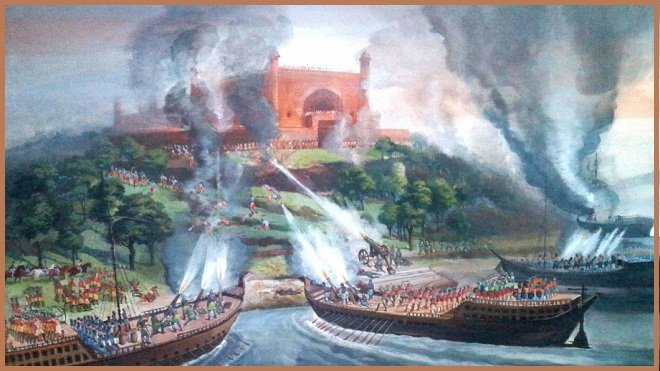
War with the Portuguese
Shah Jahan’s conflict with the Portuguese stemmed from his desire to control trade routes. His naval campaign to oust the Portuguese from Hughli showcased his ambition to establish Mughal dominance over key coastal regions.
Revolts against Shah Jahan
Despite his achievements, Shah Jahan’s rule saw several revolts, largely due to the heavy taxation imposed to finance his architectural and military ambitions. These rebellions underscored the complexities of ruling a vast and diverse empire.
Illness and Death
In 1658, Shah Jahan fell seriously ill, sparking a bitter succession battle among his sons. Eventually, Aurangzeb emerged victorious, imprisoning Shah Jahan in the Agra Fort. The fallen emperor spent his final years under house arrest, with a view of the Taj Mahal, his beloved creation.
Architectural Legacy
Shah Jahan is perhaps best known for his contributions to Mughal architecture. The Taj Mahal, a symbol of love and one of the Seven Wonders of the World, remains his most famous work. Other architectural marvels include the Red Fort in Delhi and the Jama Masjid, showcasing Mughal elegance and grandeur.
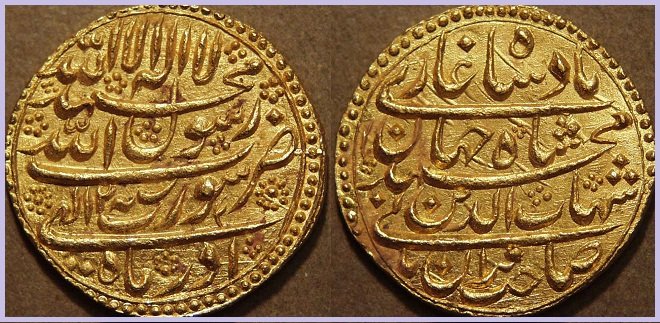
Coins and Inscriptions
Shah Jahan’s reign also left a distinct mark in the numismatic world. Coins from his era feature intricate inscriptions, often with verses praising the emperor, reflecting both the artistic and political priorities of his time.
Emperor Shah Jahan, the fifth Mughal ruler, had four sons who were central figures in the Mughal Empire’s history. Here are their details:
Dara Shikoh
Born: March 20, 1615
Died: August 30, 1659
Dara Shikoh was Shah Jahan’s eldest son and his preferred successor. He was known for his intellectual pursuits, interest in Sufism, and attempts to bridge Hindu and Islamic philosophies. After Shah Jahan fell ill, Dara was defeated in a succession war by his younger brother, Aurangzeb, and was eventually executed on Aurangzeb’s orders in 1659.
Shah Shuja
Born: June 23, 1616
Died: 1661 (exact date uncertain)
Shah Shuja was appointed governor of Bengal and later attempted to claim the throne during the succession conflict. After being defeated by Aurangzeb, he fled to Arakan (present-day Myanmar), where he met his end under mysterious circumstances in 1661.
Aurangzeb
Born: November 3, 1618
Died: March 3, 1707
Aurangzeb was the third son and ultimately succeeded in securing the Mughal throne after defeating his brothers. Known for his military prowess, administrative capabilities, and strict adherence to Islamic principles, he ruled for nearly 50 years, expanding the empire to its largest extent but also facing significant challenges. His reign marked the height of Mughal power, although it was followed by decline.
Murad Baksh
Born: September 9, 1624
Died: December 14, 1661
Murad Baksh governed Gujarat and allied with Aurangzeb in the initial stages of the succession struggle. However, after Aurangzeb secured his position, he turned on Murad, imprisoning him and later ordering his execution in 1661.
Shah Jahan’s sons were deeply involved in the battle for succession, which was marked by intense rivalry and eventual bloodshed. Aurangzeb’s ultimate victory led to significant shifts in the Mughal Empire, with his long and controversial reign shaping the future of the dynasty.
Emperor Shah Jahan had three daughters who were prominent in the Mughal court and played important roles in his life. Here is an overview of each:
Jahanara Begum
Born: April 2, 1614
Died: September 16, 1681
Jahanara Begum was Shah Jahan’s eldest and most beloved daughter. Known for her intelligence, elegance, and political acumen, she was deeply involved in court affairs and supported her father during his illness. When Shah Jahan was imprisoned by Aurangzeb, Jahanara chose to stay with him in Agra Fort until his death. She lived a respected life under Aurangzeb’s rule and became the head of the imperial harem, retaining influence until her death in 1681.
Roshanara Begum
Born: September 3, 1617
Died: September 11, 1671
Roshanara was politically active and sided with her brother Aurangzeb in the war of succession, helping him secure the throne. She was known for her ambition and assertiveness, but her relationship with her father and sister Jahanara was strained due to her support for Aurangzeb. After Aurangzeb’s ascension, Roshanara became an influential figure in his court, though she eventually fell out of favor. She died in 1671.
Gauharara Begum
Born: 1631
Died: Unknown
Gauharara Begum was Shah Jahan’s youngest daughter, but unlike her sisters, there is limited historical information about her life. She is not known to have played a significant role in court politics or the Mughal Empire’s administrative affairs, and her date of death remains unknown.
Shah Jahan’s daughters, particularly Jahanara and Roshanara, had a notable impact on the Mughal court and the empire’s internal dynamics. Their loyalty to different factions within the family reflected the complex relationships and rivalries in the Mughal dynasty during Shah Jahan’s later years.
Emperor Shah Jahan, one of the most famous Mughal emperors, had several wives, though the most well-known among them was Mumtaz Mahal, for whom he built the Taj Mahal. Here is a list of his prominent wives with available details about their birth and death dates:
Kandahari Begum
Born: Unknown
Married Shah Jahan: 1609
Died: Unknown
Kandahari Begum was Shah Jahan’s first wife and was a Persian princess, the daughter of Muzaffar Husain Mirza, a prince of the Safavid dynasty of Persia. She played a limited role in court affairs compared to some of his other wives, and little is recorded about her life or death.
Mumtaz Mahal (Arjumand Banu Begum)
Born: April 27, 1593
Married Shah Jahan: 1612
Died: June 17, 1631
Mumtaz Mahal was Shah Jahan’s most beloved wife and is famous for her beauty, grace, and close relationship with him. She accompanied Shah Jahan on his military campaigns and bore him 14 children, though only seven survived to adulthood. Her death during childbirth deeply affected Shah Jahan, leading him to build the Taj Mahal in her memory.
Akbarabadi Mahal (also known as Fatehpuri Begum)
Born: Unknown
Married Shah Jahan: Exact date unknown (likely in the early 1600s)
Died: Unknown
Akbarabadi Mahal was one of Shah Jahan’s secondary wives. She is less prominent in historical records, and not much is known about her life. However, she played a role in the royal family and was one of the women who survived into the reign of Aurangzeb, who provided her with a pension.
Iqbal Banu Begum
Born: Unknown
Married Shah Jahan: Exact date unknown
Died: Unknown
Like Akbarabadi Mahal, Iqbal Banu Begum was a secondary wife of Shah Jahan. She is mentioned in some historical records but did not play a significant role in the empire’s politics or cultural life, and further details about her life remain unknown.
Shah Jahan’s marriage to Mumtaz Mahal is the most famous, as their relationship and the subsequent construction of the Taj Mahal are renowned symbols of love. The other wives had a lesser impact on his personal life and the political landscape of the Mughal Empire, which is why detailed information about them is limited in historical records.








